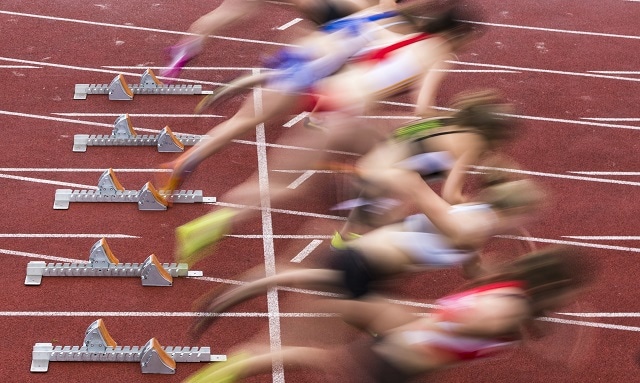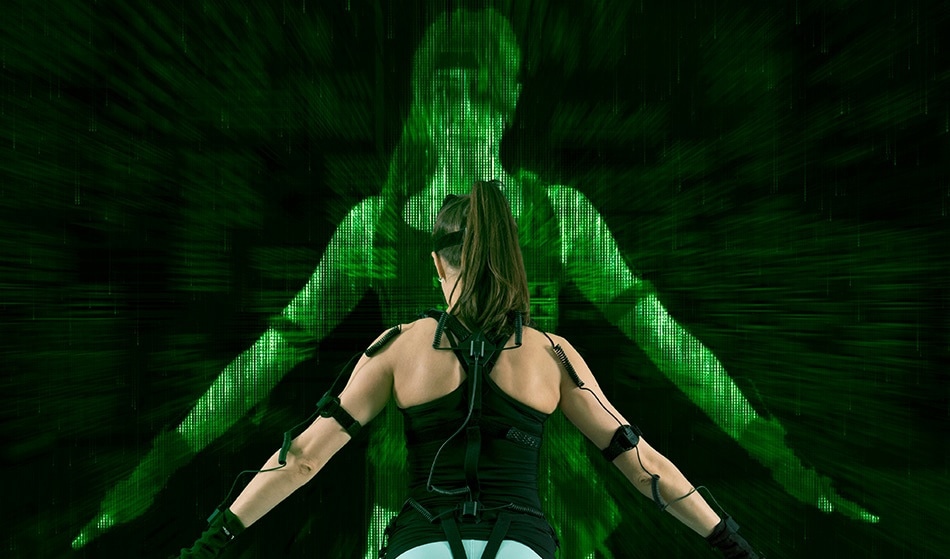Sep 11 2014

Image Credits: Stefan Schurr/shutterstock.com
Motion capture, which is also referred to as motion tracking, is the method of recording movements of people and objects. Motion capture systems work by making use of one or more sensors, including photosensors, angle sensors, IR sensors, optical sensors, accelerometers, inertial sensors, and magnetic bearing sensors.
Sensor-based motion capturing products have gained a lot of attention in the last couple of years, as they are widely used in several fields such as the military, sports, medicine, filmmaking, fitness, and video game development.
Motion Capturing Products
Notch
A New York-based startup has created Notch, the latest wearable sensor prototype for tracking body movements. It can be hooked and hidden inside the clothing at natural hinge points of the body, to track and capture specific body movements. The data collected is then transmitted via Bluetooth Low Energy to a supporting iOS app for tracking and analysis. With Notch, even the slightest movement can be recorded and analyzed. All the movements are available to be visualized in 3D and are downloadable.
Each notch sensor is about 1.3×1.2x0.2 inches and weighs less than 10g. They can be charged via a standard micro USB, and function for more than three days at normal usage. Sewing snaps allow the sensors to be easily hooked to the clothing. They have also released a pioneering kit with six notch sensors and everything the user needs to get started with making the most out of their captured data.
The sensors also perform another major function, by delivering feedback to the wearer’s limbs via small vibration motors. This can be very useful to monitor posture and stress. The sensors use inertial measurement units for capturing body motion.
Shadow
Shadow is a wearable, portable, wireless sensor network for motion capture developed by Motion Workshop.
The inertial sensors in the shadow are small, flexible, and lightweight, and use inertial measurement units for capturing the movements. They are sealed in neoprene fabric, are comfortable to wear, and are designed to measure rotation, not position.
This product is useful for video game production, sports science simulation and training, and biomechanics research. It also has applications in the nascent virtual reality (VR) sphere.
Motion Workshop have also released their own Software Development Kit (SDK) for developers to write code and manipulate and visualize motion capture data.
Xsens
The MVN Motion Capture System from Xsens comprises flexible, portable inertial sensors that can be attached to the body via a lycra suit. It provides the wearer freedom of movement with the wireless operation and can be used indoors and outdoors.
This system is widely used in the entertainment industry and is also finding use in educational and advertising applications. Notably, this technology was used in the recent Hollywood hits, Avengers: Infinity War and Black Panther from Marvel Studios.
It is a camera-less inertial motion capture solution. The resulting data is a precise illustration of the wearer’s pose. Shadow is provided with software for interpreting the data captured.
Rokoko
Rokoko is a startup that is focused on indie film developers, providing motion capture technology at a fraction of the price seen in the rest of the film industry, to “democratize motion capture.” They provide a technology called the Smartsuit Pro, which uses inertial measurement units with 9 degrees of freedom, rather than more expensive camera-assisted methods.
Based in Denmark, their products have been used by multiple organizations, including those working on the latest wave of Star Wars films.

Image Credits: Andrey Brumakin/shutterstock.com
Conclusion
The main advantage of body movement capturing sensors is that they transmit details related to movement alone without the physical features. Body motion capturing technology is being known by several terms these days - virtual theater, digital puppetry, and real-time animation indicating its pivotal role in numerous industries.
With further advancement of sensor technology, body motion capturing products for more exciting applications are likely to flood the market in the coming years, particularly as technologies in VR and Augmented Reality (AR) become increasingly part of our daily lives.
Sources and Further Reading
This article was updated on 30th May, 2019.